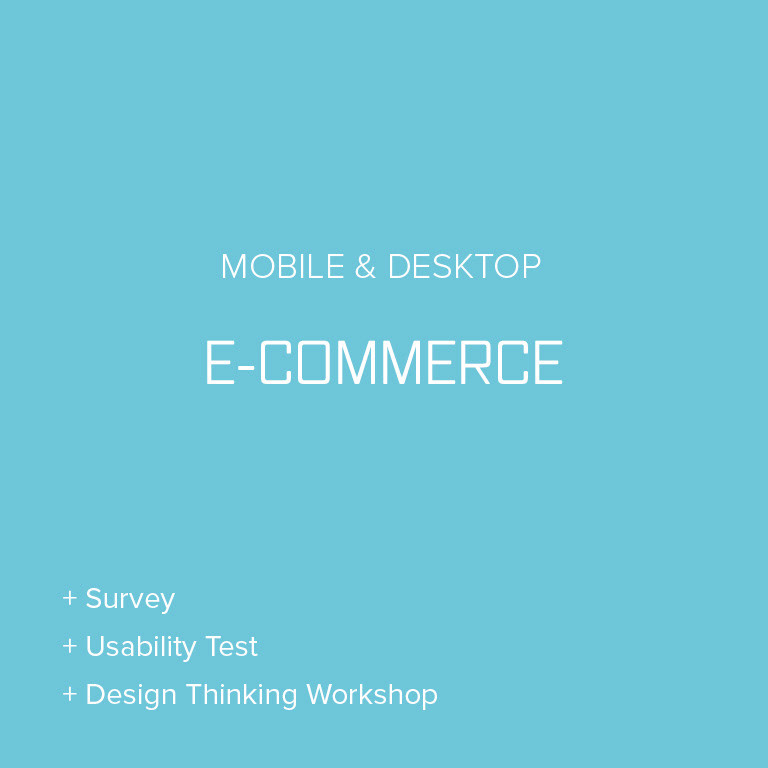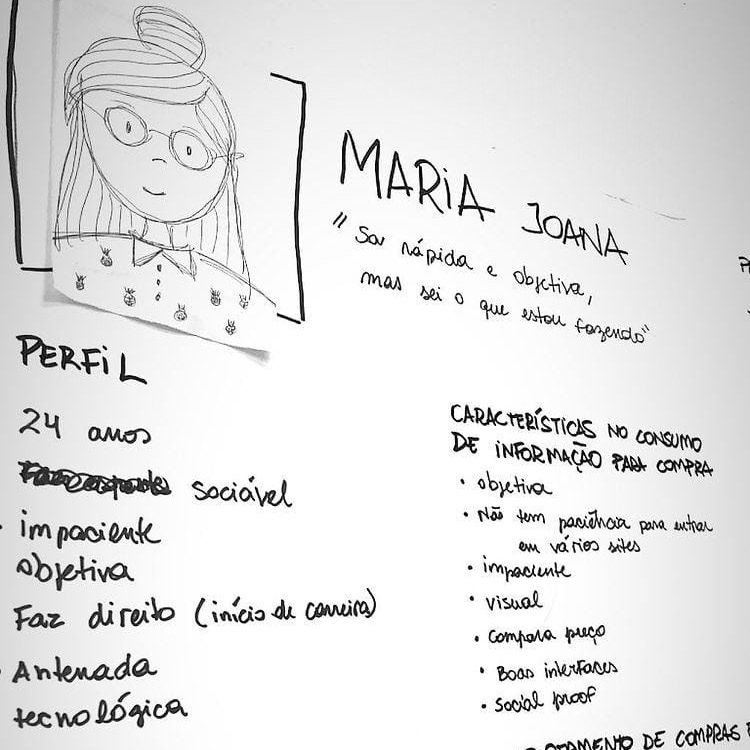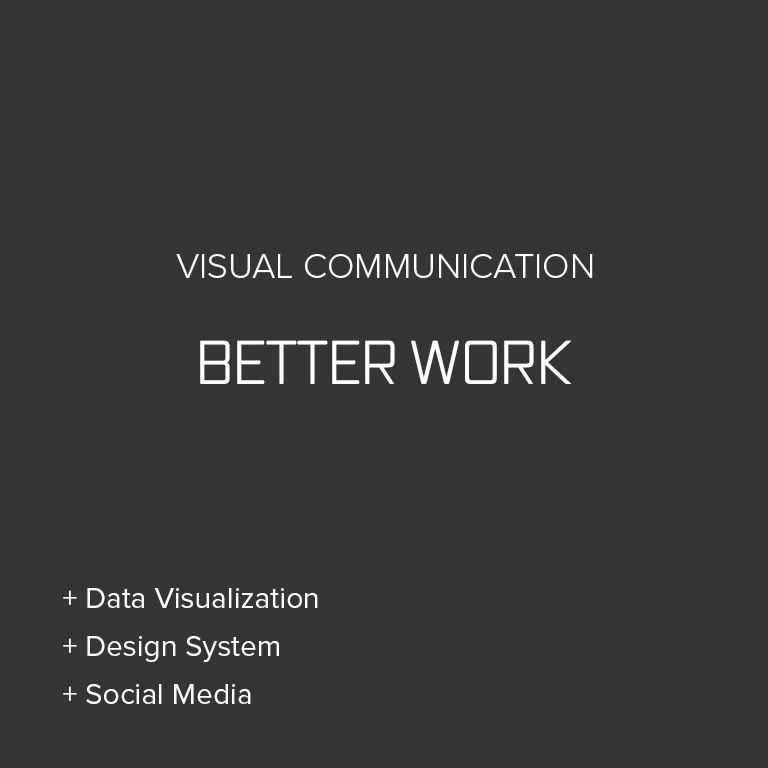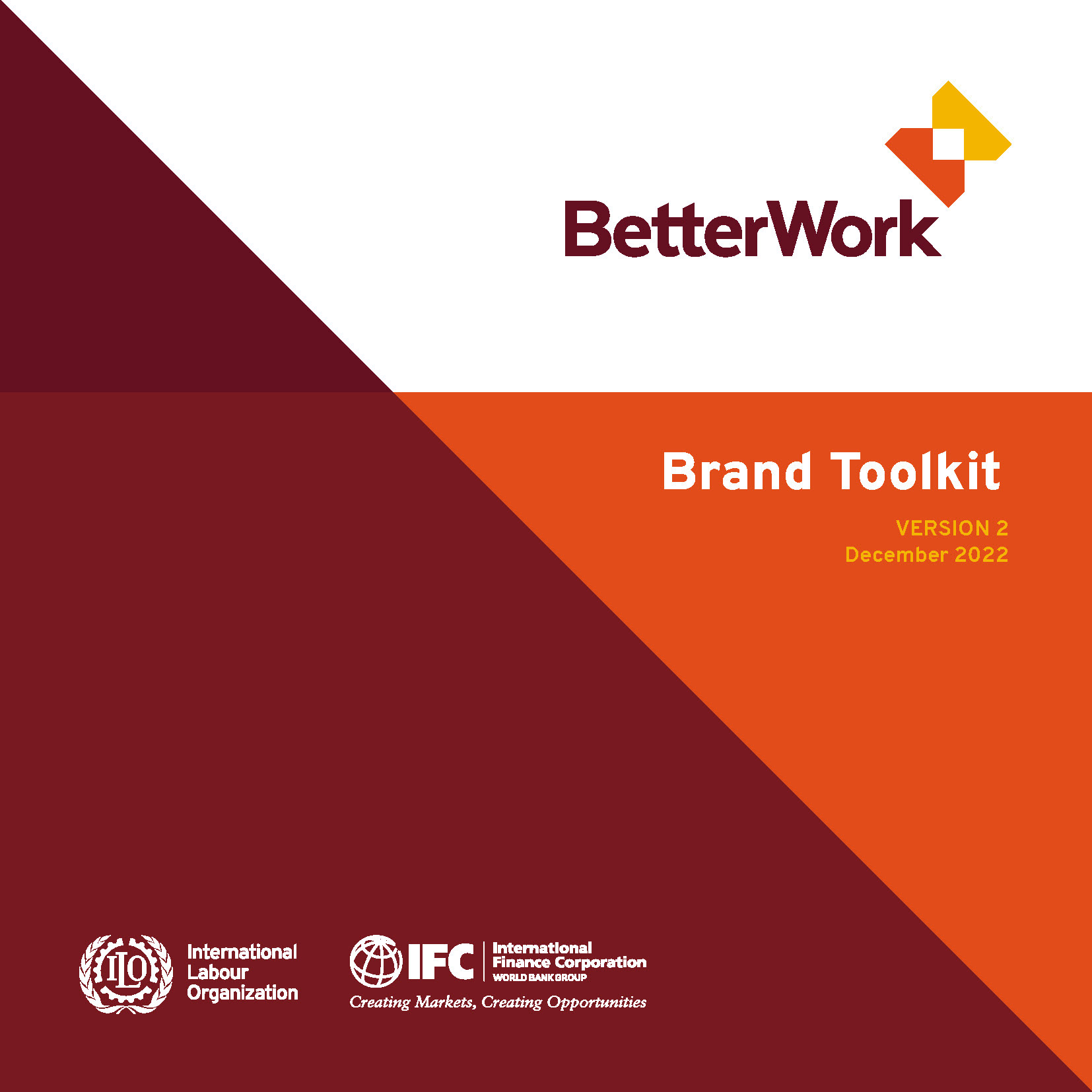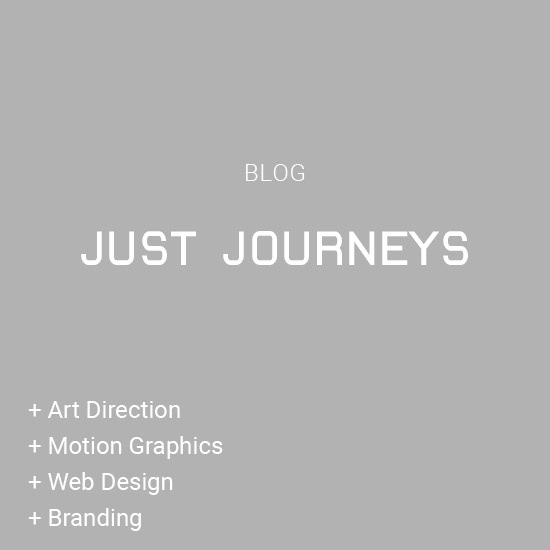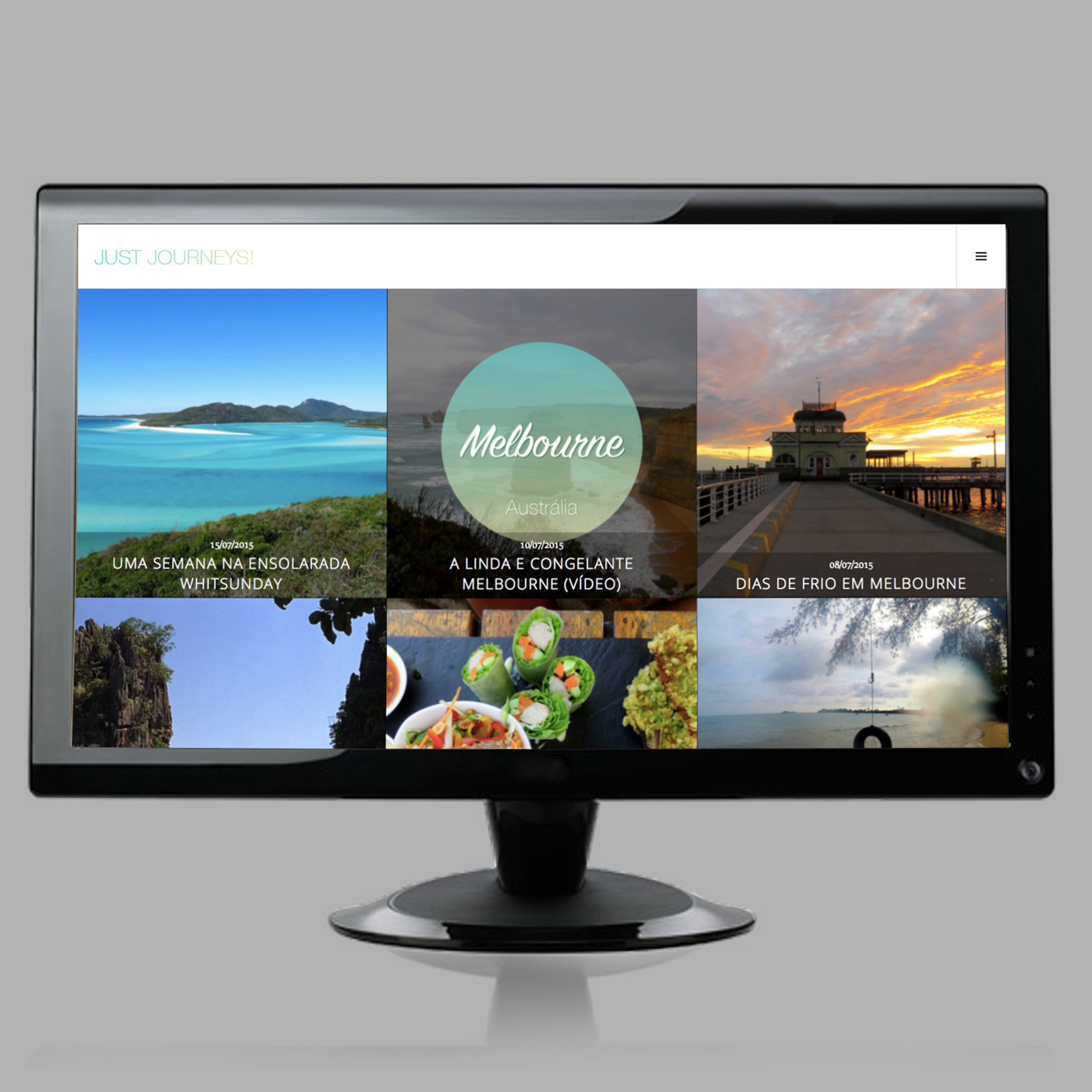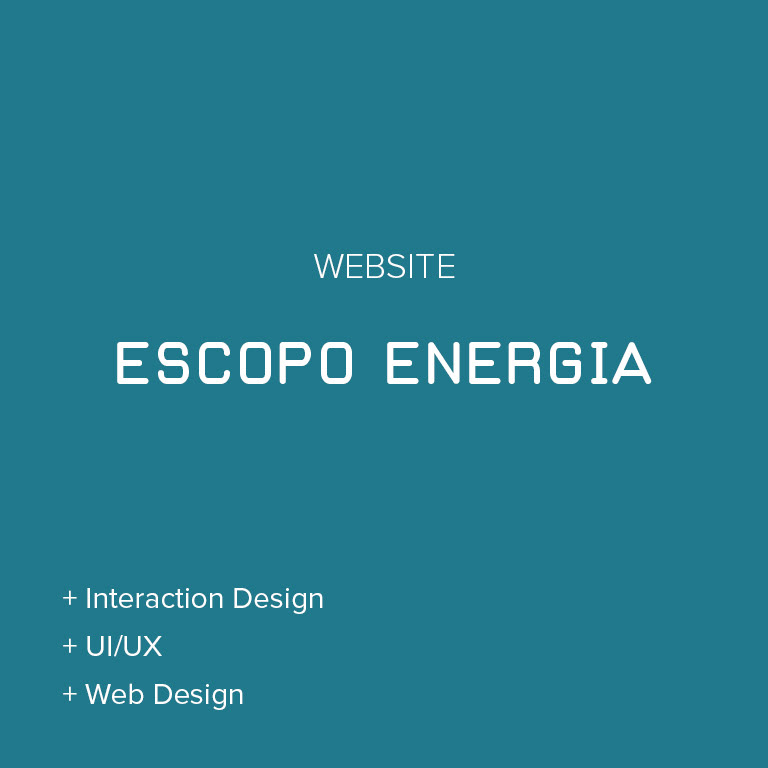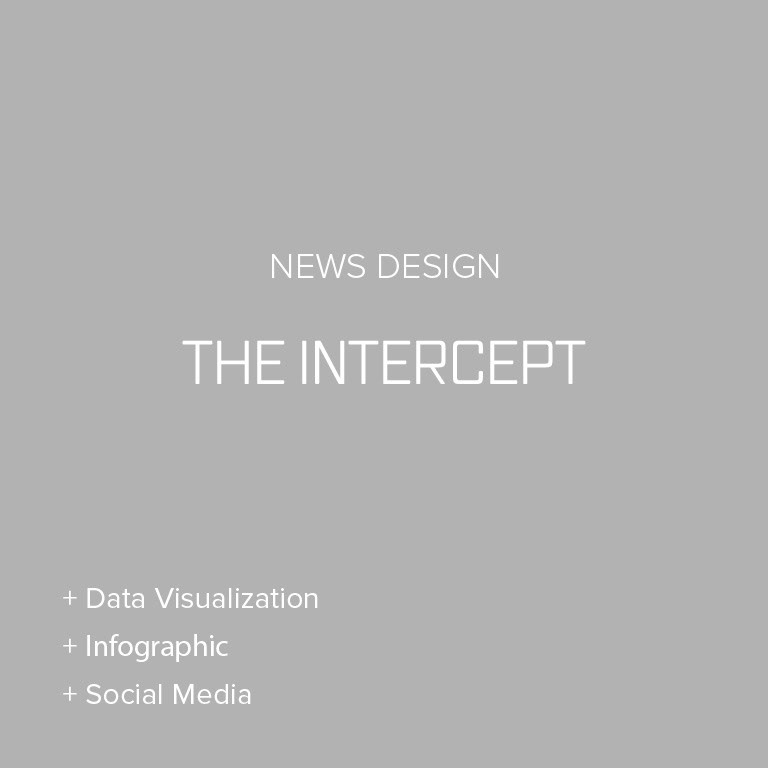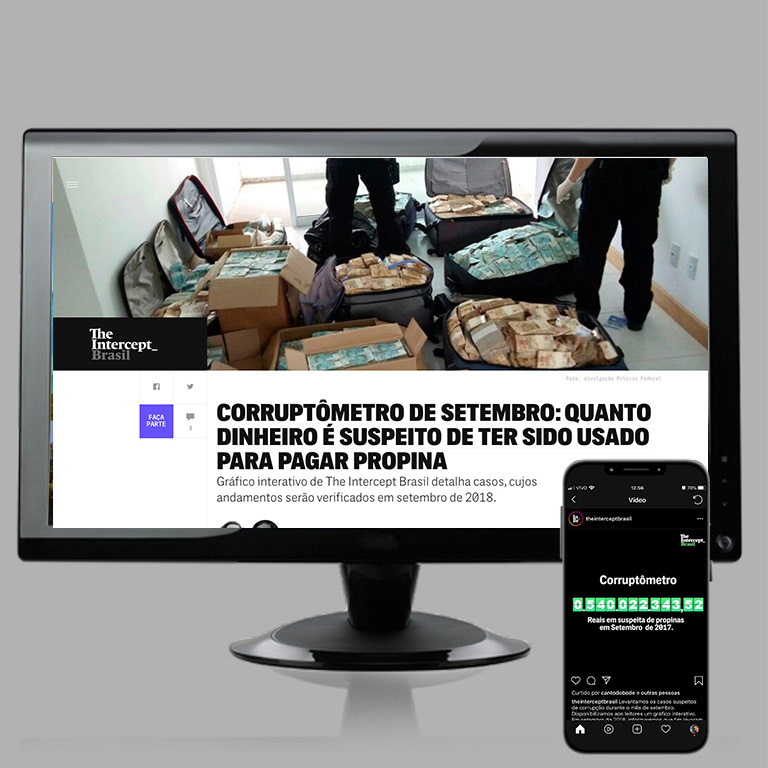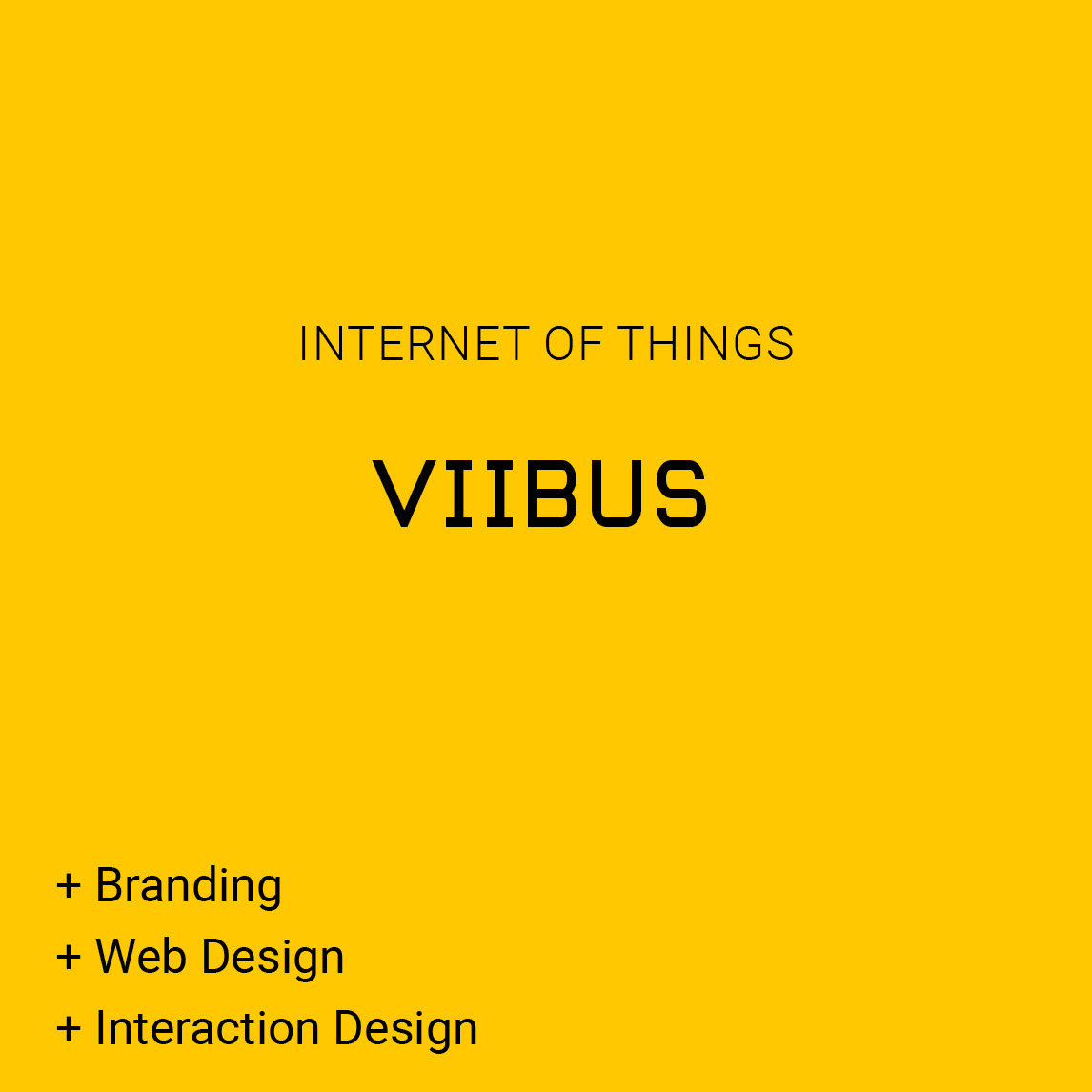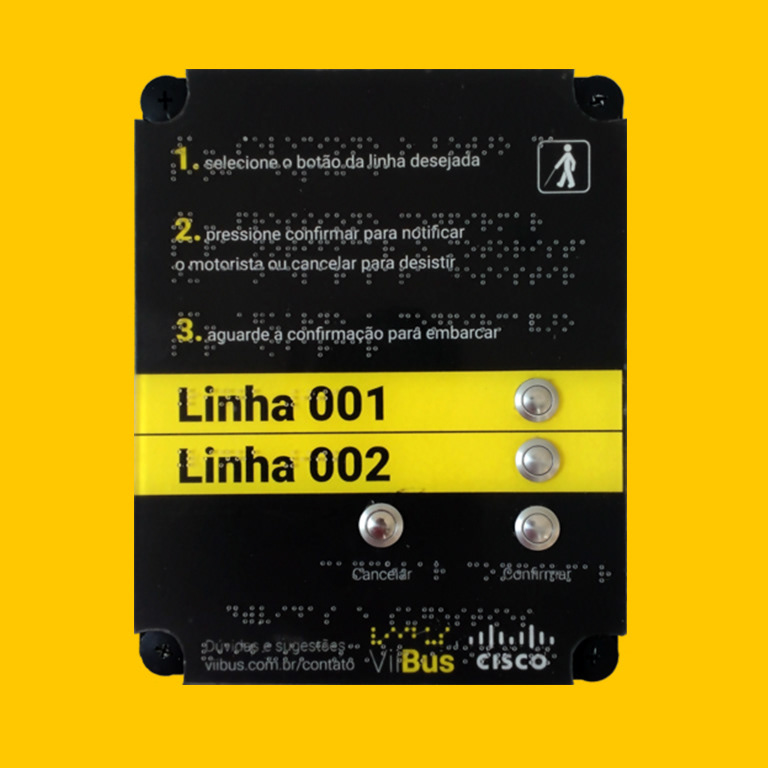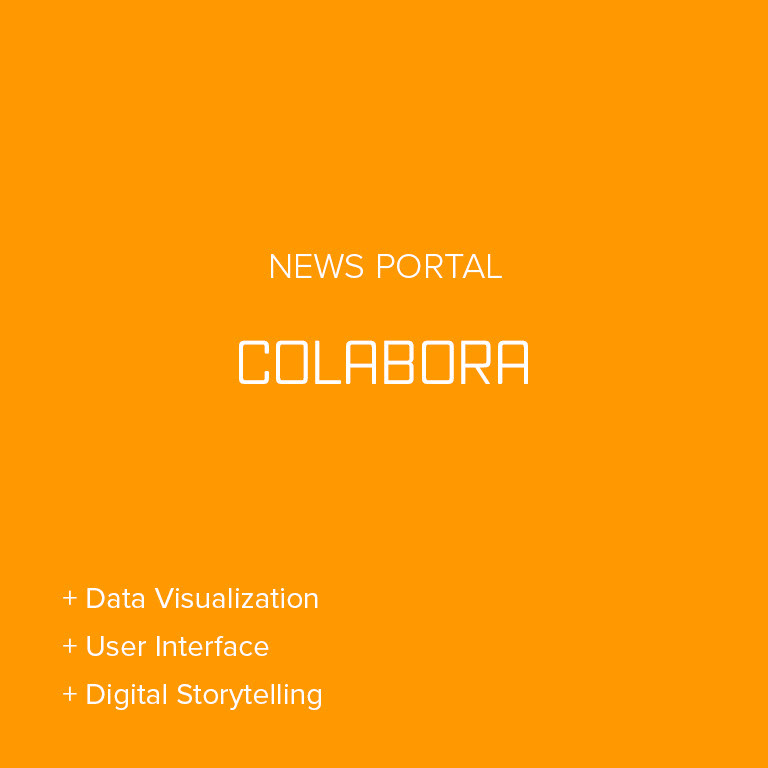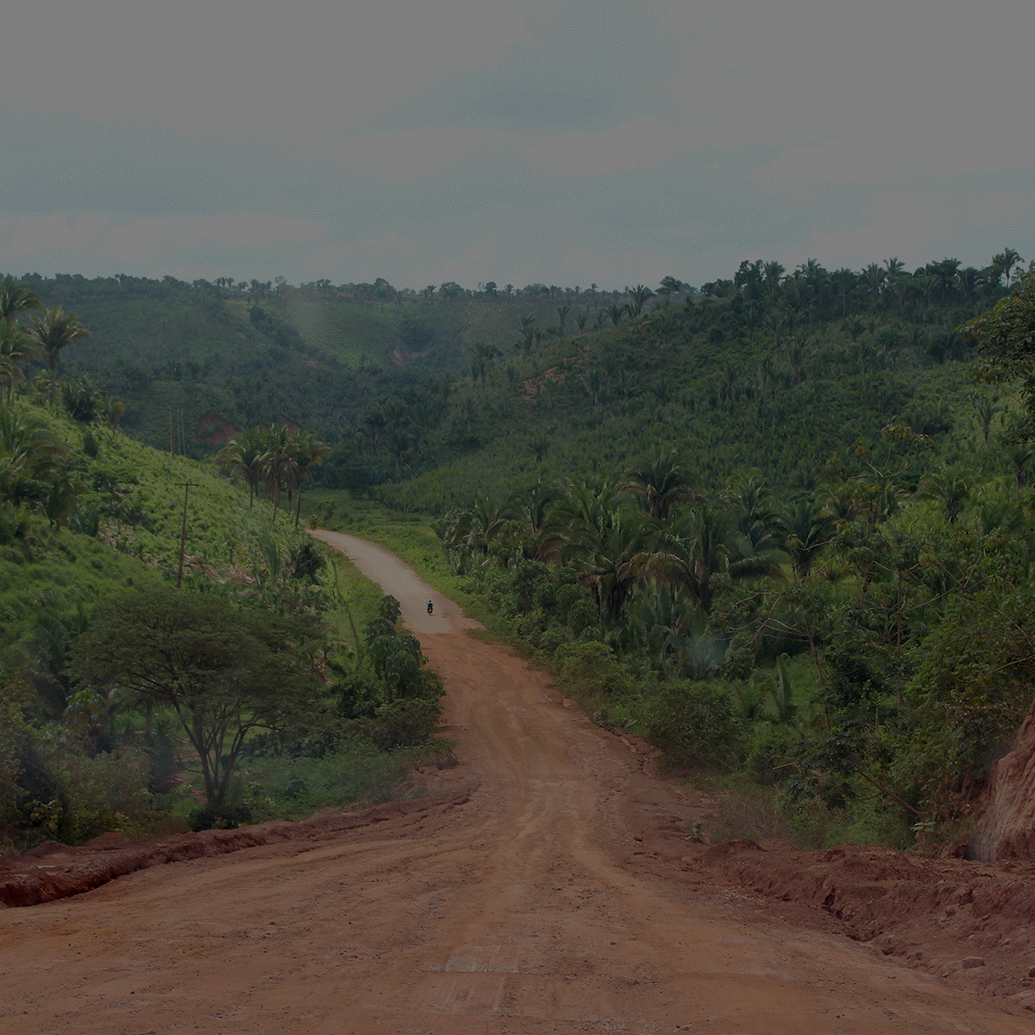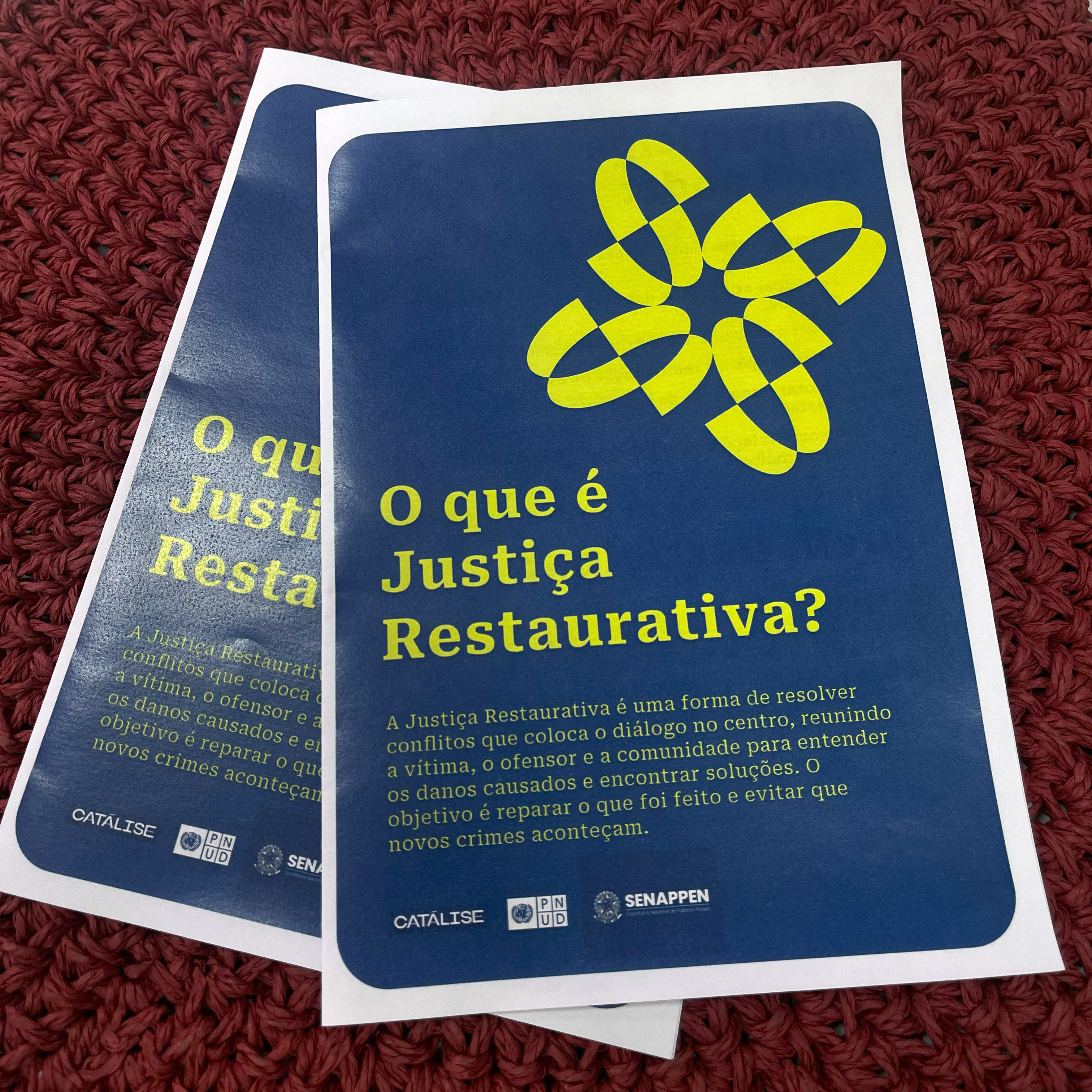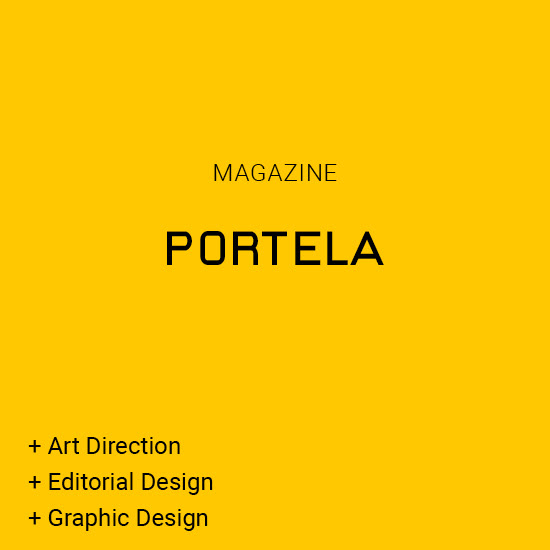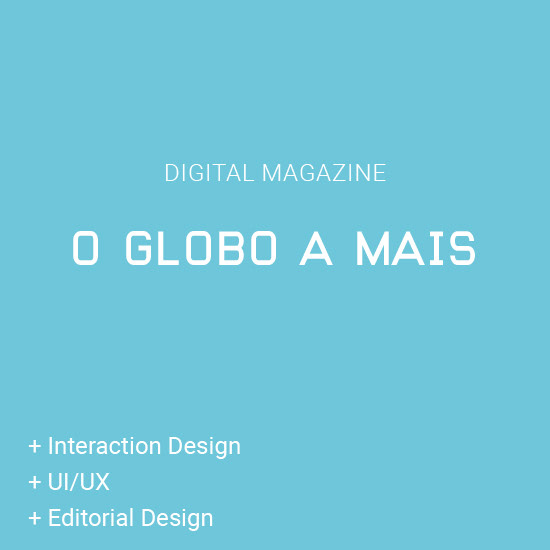Goal
The development of sensor validation to guide blind users through indoor spaces by the use of mobile applications. In addition to testing the technology, the study assessed the business model and the target audience needs.
Methodology
The methodology combined agile software development and design thinking. Using lean start-up principles, the study focused on rapid development and testing.
Exploratory Interviews
The methodology was based on Steve Blank’s customer development. The researchers were encouraged to leave the office to conduct interviews to validate the business model. The objective was to create an iterative workflow in which each interview could enhance the canvas with new information.
Because there was still no focus, the interviews included as many areas as possible. In total, 86 in-person interviews were conducted. Nine participants worked in supermarkets, four in airports, three in museums and five in schools. Fifteen participants had some type of disability, nine participants were foreigners, eight were elderly, 15 were non-disabled and 18 were researchers. Of the users with special needs, seven were blind, five had mobility problems, three had intellectual disabilities and one was deaf.
Benchmark
After identifying the main needs of the market and the users, similar projects and possible competitors were studied.
Quantitative research
After the interviews were completed, quantitative research was conducted to better understand the target audience’s consumption habits. The qualitative research suggested some trends; however, a larger sample was required for quantification.
The research audience was composed of the elderly and the visually impaired, as well as the general public. The goal was to understand the effects of consumption and digital inclusion on their lives. Of the 122 responses obtained, 77 were from the visually impaired and 36 were from the elderly.

Apps used by the visually impaired
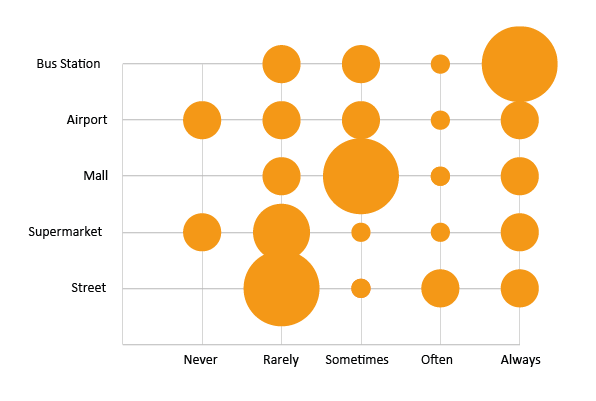
Frequency distribution of mobile phone use by the visually impaired
In general, the participants with visual impairments went out on their own because of the difficulty of always having an available guide. An interesting finding was that many participants did not usually go to the airport on their own. The survey confirmed that mobile phones were often used in shopping malls.
Ethnographic research
This step consisted of field research with the objective of observing, in a real environment, the behaviours of visually impaired people at the moment of purchase. The technique that was chosen was shadowing.
The places chosen for the ethnographic research were two shopping malls located in a neighbourhood with an institute for the visually impaired, who were frequent visitors. During the activity, five visually impaired visitors were accompanied.
User persona
At the end of the immersion stage, it was possible to create the main persona to represent the target audience. These personas facilitate decision-making and the ability to reach a larger group of people represented by these characters. In this case, the characteristic for the main persona was visual impairment.
journey map
After investigating the persona behavior with the data from previous research was created the user’s journey. Therefore, a journey map of Marcelo’s visit to the shopping mall for lunch during his work break was created.
Prototyping
Initially, the screen wireframes were designed to represent the main idea. From these wireframes, a low-fidelity prototype was created to facilitate product validation.
The first challenge was to learn how to test a low-fidelity prototype. It was not possible to invest a great deal of time in developing an application for testing; however, a paper prototype would not have been appropriate for the visually impaired users.
The software that are most often used for creating prototypes transform the text and elements into images; consequently, they are not accessible in screen readers. The HTML format must be used for creating an accessible prototype. However, coding knowledge is necessary, and this makes the process more laborious and time-consuming. An alternative was therefore developed.
The wireframes were designed in InDesign and exported as a fixed-layout EPUB file. Thus, the file was based on HTML standards, which are recognised by screen readers but do not need to be programmed separately. EPUB is a format for digital publications and documents. It is based on web standards and can be viewed on devices with e-reader programs. The fixed-layout format was used because it maintains the wireframe interface for testing with low-vision users.
usability test
The usability test consisted of performing a task: navigating the prototype to arrive at a nearby identified store that had not yet been integrated into the beacon mapping. During the test, I used the cooperative evaluation method through the think-aloud technique.
Feedback and suggestions are very important for application performance improvement. On the basis of these observations, the product backlog was enriched and prioritised. The prototype allowed the team to become familiar with the format of the application so that the product could be developed to meet the needs of the target audience.
In addition to facilitating product improvement, usability tests are interesting because they provide opportunities to make contact with the audience, to hear their opinions and to demonstrate the relevance of the project. Users are happy to be heard and to know that research will make their lives easier.
Proof of concept
According to the initial proposal, the beacons had the technological capability to map the internal areas and to provide directions for users. The information collected in the beacons is stored in a database. When a device with the application enters a mapped area, this information is captured by Bluetooth and integrated with the preformatted data.
For the proof of concept, the researchers contacted a center for attention to persons with disabilities. The goal was to test the technology and usability with a user in a controlled environment. In the Centre, an external area of approximately 12 × 9 meters was defined and measured. In the application, it was necessary to add the mapping and obstacles that would be used in the navigation tests.
A major challenge encountered during the study was the low adoption of new technologies among the elderly. This issue could be a barrier to entry for this audience. The low use of location applications among the elderly and visually impaired was also observed.
Despite these difficulties, the solutions developed in this study provide accessibility through the use of beacons. After a year of research, it was possible to generate information for the creation and development of new assistive technologies
Credits
More information: https://viisolutions.com.br/
(Full report)
(Full report)
Responsible Researcher: Douglas Toledo
Principal Researcher: Raquel Cordeiro
Associate Researchers: Antonio Carlos Demanboro e David Bianchini
Company Coordinator: Felipe Sobral
